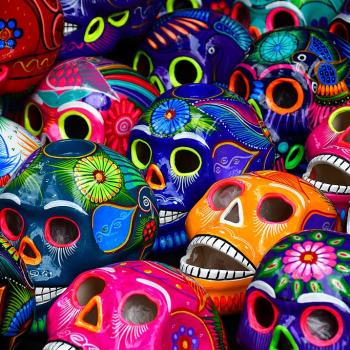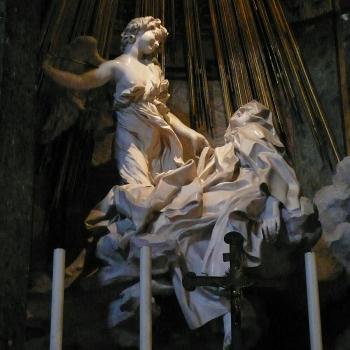about the portrayal of penitence in Spring, Summer, Fall, Winter… and Spring, an intensely powerful movie:
An old Buddhist monk is raising a little boy, alone together in a floating temple in the middle of a lake. The boy has the casual cruelty of most children, and the old monk catches him tying rocks to small animals to torment them: a fish, a frog, a snake. The monk says nothing, but when the boy wakes up the next morning there’s a huge stone tied to his own back. He acknowledges his guilt and begs the old monk to set him free, but the monk says that he’ll only remove the stone once the boy has found and freed all three of the animals he hurt the day before. If any of the animals have died, the monk warns, “a stone will remain in your heart forever.”
This is the first segment of the 2003 Korean film Spring, Summer, Fall, Winter… and Spring, a beautiful and heartbreaking look at penance and violence. The title captures some of the movie’s many ambiguities: There’s a hopeful promise of renewal in the rebirth of spring after winter, but there’s also the darker hint that the cycle of the seasons of crime and violence will continue. Penance is an attempt not only to renew the soul but to break the cycle of violence, and yet it often employs pain as one of its primary mechanisms. Spring simultaneously explores what pain does for us when we do penance—why painful penance can seem more restorative than simply saying we’re sorry—and suggests some of the problems with instrumentalizing pain as a tool of personal renewal.











